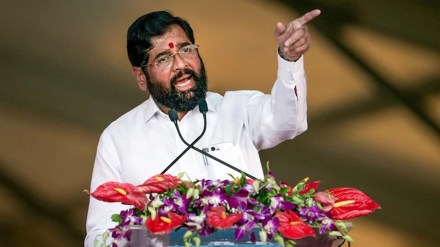Maharashtra Chief Minister Eknath Shinde on Tuesday raked up the longstanding issue surrounding the Haji Malang Dargah, a site contested by right-wing groups claiming it as a temple. Shinde expressed his commitment to the “liberation” of the centuries-old structure, acknowledging the sentiments of the community.
“I know your feelings about Malanggad. Anand Dighe started the liberation movement of Malanggad after which we have started saying ‘Jay Malang Shri Malang’. I want to let you know that there are certain things that can’t be said in public. I know that there are certain beliefs that you have in your hearts about the liberation of Malanggad. Let me say this that Eknath Shinde will not stay quiet till he fulfills your wishes,” The Indian Express quoted Shinde as saying while addressing the “Malanggad Harinam Mahotsav” in Thane district.
Also Read: West Bengal to Maharashtra, Congress rings in poll year with seat-sharing conflicts
Hitting back at Maharashtra CM and Deputy CM Devandra Fadnavis, All India Majis-E-Ittehadul Muslimeen (AIMIM) chief Asaduddin Owaisi alleged that the BJP was “openly celebrating criminal acts and inciting people to commit crime.”
“This is the direct result of the civil and criminal Babri judgments. The judgements may have emboldened such acts. Men who have taken a constitutional oath feel no shame in targeting Muslim places of worship,” Owaisi tweeted on X.
The Haji Malang Dargah, situated on a hill south of Kalyan, is dedicated to the sufi saint Haji Abd-ul-Rahman, also known as Haji Malang Baba.
The dispute over the site originated in the mid-eighties when the local Shiv Sena unit, led by Anand Dighe, stated that the structure was originally an ancient Hindu shrine of Nath Panth yogis. The Shiv Sena initiated a campaign to reclaim the structure, referred to as Malanggad.
Referring to historical records, the Gazetteers of Bombay Presidency, published in 1882, mentioned the shrine built in honor of the Arab missionary Haji Abd-ul-Rahman, existing since the 12th century on the lower plateau of the hill.
